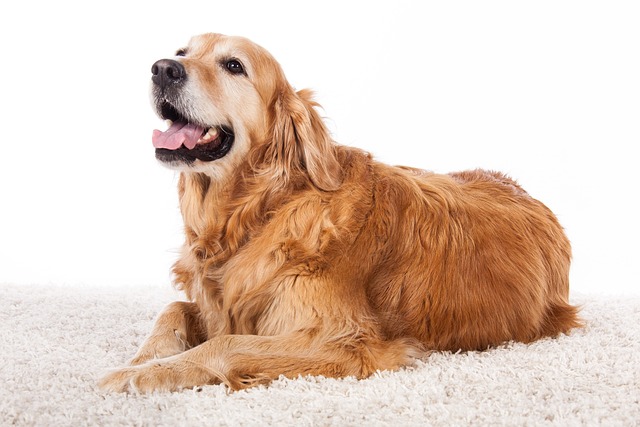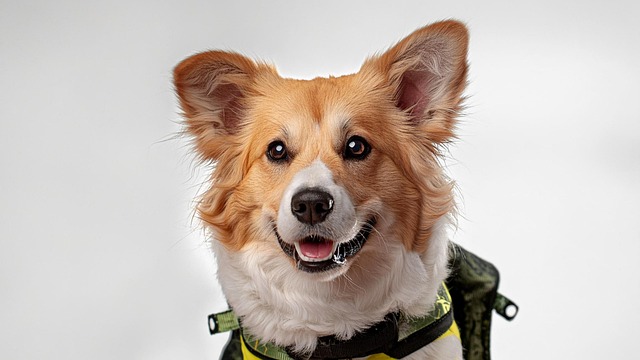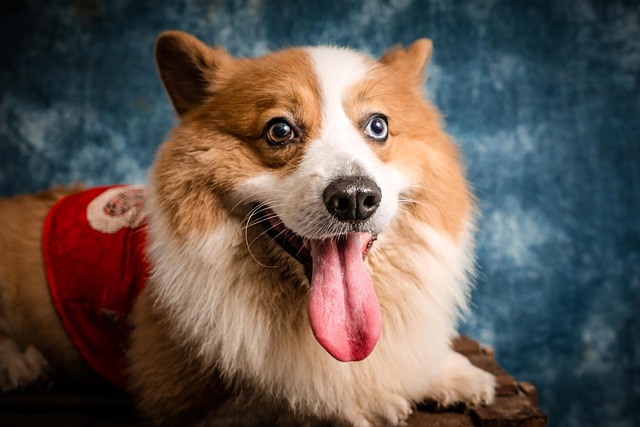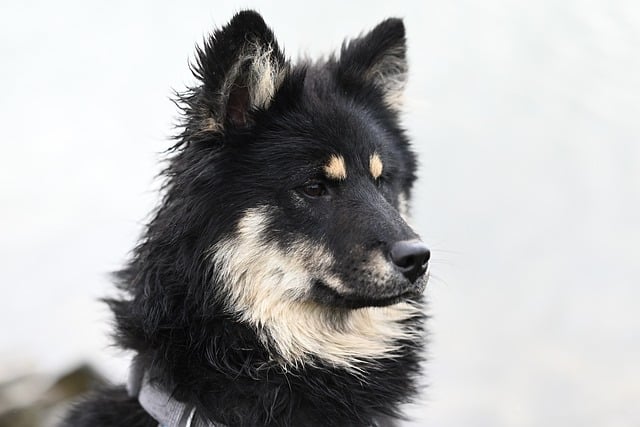
How many times a day should a dog eat?
Most new dog owners start with small, everyday questions—and figuring out how many times a day to feed their pup is one of the most common.
I sat with my friend Jake in his Chicago apartment last Thursday, watching his 1-year-old German Shepherd, Koda, pace back and forth—ears flattened, tail low, and trembling a little from the thunderstorm outside. Jake reached out to pet Koda’s head, but the pup ducked away. “I’m trying to calm him down, but he hates it. Where to pet a dog to relax them, instead of making it worse?” Jake asked, frustration in his voice. If you’re a new U.S. dog owner who’s ever struggled to soothe a stressed pup, the answer lies in knowing their “relax zones”—spots where gentle touches trigger calm, not anxiety, and pair perfectly with positive reinforcement.
To understand where to pet a dog to relax them, let’s break down canine biology and behavior. Jake’s vet, Dr. Lopez, explained that dogs have dense nerve endings in certain areas that respond to gentle pressure—these spots are linked to their “rest and digest” nervous system. Unlike humans, who might love a back rub, dogs often find sudden or unfamiliar touches threatening, especially when stressed. Koda ducked from head pets because the top of the head is a “vulnerable zone” (wild dogs protect their heads from rivals). Instead, areas with less exposure—like the base of the ears or chest—release endorphins (the “happy hormone”) when petted slowly. Scolding a dog for pulling away (like Jake almost did when Koda ducked) violates U.S. animal welfare standards; Koda wasn’t being stubborn—he was saying “that doesn’t feel safe,” and our job is to respect his cues.

Here’s where to pet a dog to relax them, step by step, using what Jake learned to calm Koda during the storm: First, start with the “safe bet” spots (low pressure, high calm). The base of the ears (where the ear meets the skull) is Koda’s favorite—Jake used his thumb to make slow, circular motions there, and Koda’s tail stopped trembling within 30 seconds. The chest (between the front legs) is another winner: Jake knelt down (so he was eye-level, not towering) and stroked gently from neck to sternum. He gave Koda a freeze-dried chicken treat after each minute of calm—positive reinforcement that linked the touch to good things. Second, avoid “anxiety triggers” (even well-meaning ones). Skip the top of the head, belly (only for dogs who roll over voluntarily), and paws (sensitive for most pups). Koda tensed up when Jake touched his paws, so he stuck to ears and chest. Third, match touch to their mood (slow = calm). Fast, rough strokes rev dogs up; slow, steady ones relax them. Jake counted to 5 for each stroke—rhythm helped Koda focus on the touch instead of the thunder. By the end of the storm, Koda was curled at Jake’s feet, eyes half-closed.
For apartment living and community interactions, these rules matter too: In small spaces, if your dog is stressed by loud neighbors, sit on the floor (eye-level) and pet their chest while talking softly—this creates a “safe bubble.” When meeting a new dog at the park, always ask the owner, “Where does your pup like to be petted?” before reaching out (etiquette 101). Carry two essentials on walks: biodegradable poop bags (Chicago fines $200 for leaving messes) and treats—reward your dog for letting you pet their relax zones mid-walk (builds trust). Never skip vet checkups: Dr. Lopez updated Koda’s rabies vaccine (mandatory nationwide) and showed Jake how to read Koda’s body language—if his ears perk or he leans in, keep going; if he tenses, stop. Vets often use these petting techniques during exams to keep dogs calm, but they need proof of core shots first.
Two days later, Jake texted me a photo: Koda curled on the couch, Jake’s hand resting on the base of his ears, both dozing. Where to pet a dog to relax them? For Koda, it was slow circles at his ears and chest, plus treats. For your pup, it’s about listening to their cues, using gentle touches, and turning petting into a bonding moment—not a chore. Calm isn’t about forcing affection; it’s about touching them the way they feel safe.

Most new dog owners start with small, everyday questions—and figuring out how many times a day to feed their pup is one of the most common.

Securing your dog while camping isn't just about convenience—it's about safety in an environment filled with unfamiliar dangers.

I stood in my friend Lena’s Seattle apartment last weekend, watching her stare at a cart full of dog toys online—her 8-week-old Chihuahua mix, Mochi, curled in her lap, oblivious to the chaos.

Most dogs thrive on diets that mirror their ancestral needs—lean proteins, healthy fats, and moderate carbs—but navigating what’s truly best means balancing science with real-life habits.

Washing a dog’s head and face needs gentle hands—most pups get skittish when water nears their eyes or ears, so taking it slow makes all the difference.

I sat with my friend Jake in his Chicago apartment last Thursday, watching his 1-year-old German Shepherd, Koda, pace back and forth—ears flattened